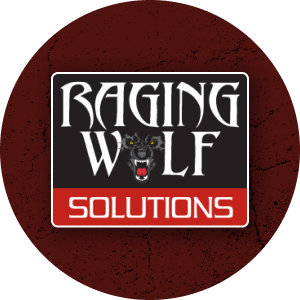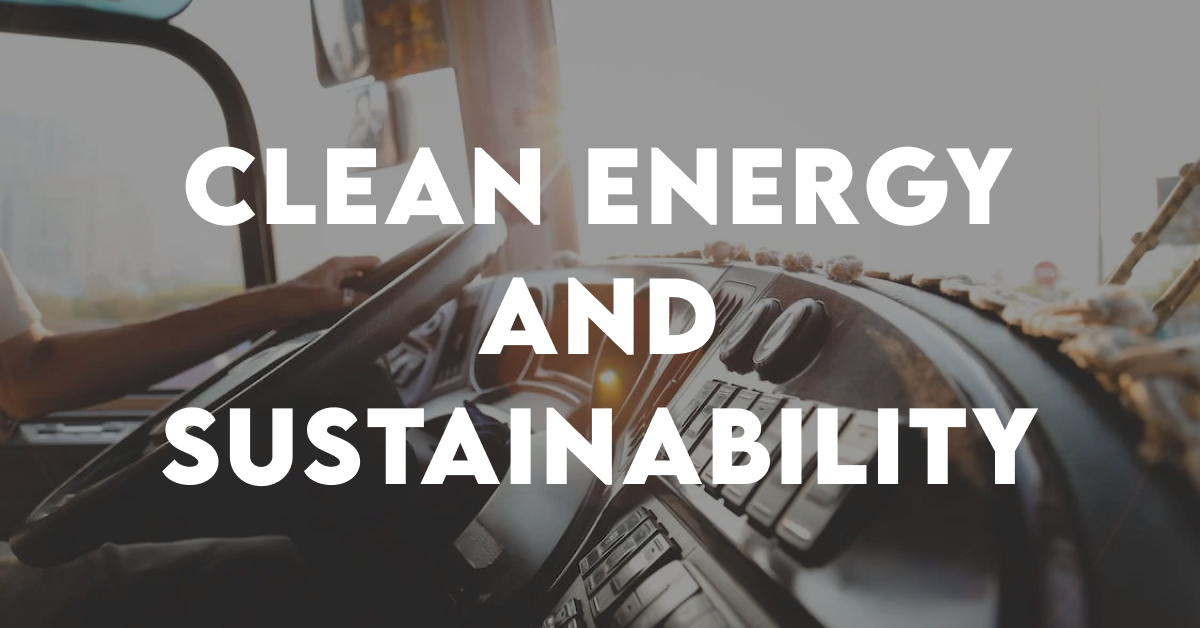The logistics industry is being revolutionized by the increasing demands (and speed) of e-commerce. To add more weight on the need for advancement, we are also seeing growing pressure from governments to reduce emissions and waste. Clean energy is becoming more and more accessible and affordable every day. The cost of installing and running clean energy sources like solar panels, wind turbines and geothermal systems are decreasing steadily. This means that the cost of using clean energy is no longer prohibitively expensive. In fact, it can be cheaper in the long run than traditional sources of energy such as coal or natural gas. As the technology behind clean energy sources becomes increasingly advanced, it’s becoming easier to reduce costs even further and make clean energy even more accessible to everyone; even in smaller-scale companies. In this context, one of the hottest trends is the rapid rise of electric vehicles (EV). EV fleets are increasingly diverse as they have lower operating costs and less downtime.
With new developments in battery technology promising an extended range for EVs, and with a steady stream of new model releases entering the market regionally and globally over the next few years, electrification of logistics can be seen as a smart investment towards future energy independence and infrastructure stability.
Renewable energy sources are also attracting much attention – particularly solar panels that are quick to install and provide both direct power generation during use & an additional source of revenue through renting out unused capacity.
A large challenge for logistics companies is adapting to our ecosystem. The sustainable strategies anticipate different actions such as reducing plastics in packaging and minimizing the material required or adopting technologies such as software that measures the emissions produced in real-time for better planning of routes and resources. However, one of the most common alternatives is the transformation of the model through the use of renewable energies, for example undersea cables or air conditioning systems connected to solar panels.
As the cost of traditional energy sources continues to rise, renewable energy sources are becoming more attractive for businesses in the logistics sector. With renewable energy, companies can reduce emissions and costs while still providing reliable service to their customers. Moreover, renewable energy can provide a more secure source of power during times of peak demand or natural disasters. This is why many companies in the logistics industry are looking into investing in renewable energy solutions such as solar panels, wind turbines and geothermal systems. By doing so, they can help reduce their carbon footprint while also ensuring that their operations remain efficient and cost-effective.


